When I talk to innovative companies seeking a competitive advantage, I tell them there are a number of reasons for setting up shop in Ohio. I talk about access to a predictable business environment, our skilled workforce, and the scale-up opportunities that JobsOhio and our partners can facilitate for them.
Recent posts
OARnet is just one of several advanced research and education (R&E) networks in the United States. Alone, we are able to provide significant services and benefits for the state of Ohio, but when we join forces with other R&E networks, we are able to do great things at a national level. One such organization that facilitates this type of collaboration is The Quilt.

If used strategically, smartphones can be a great tool to help you boost your productivity toward your educational endeavors. In fact, four apps can turn a smartphone from a disruption into a tool that boosts learning, productivity, and organization while offering opportunities for collaboration.
By opening an account through the Ohio Supercomputer Center’s (OSC) AweSim Modeling & Simulation industrial engagement program, designers and engineers could have access to one of the most powerful HPC platforms in the world. They would be able to sign in to their account, establish a secure connection with one of our three HPC systems, and use OSC resources to maximize their M&S efforts.
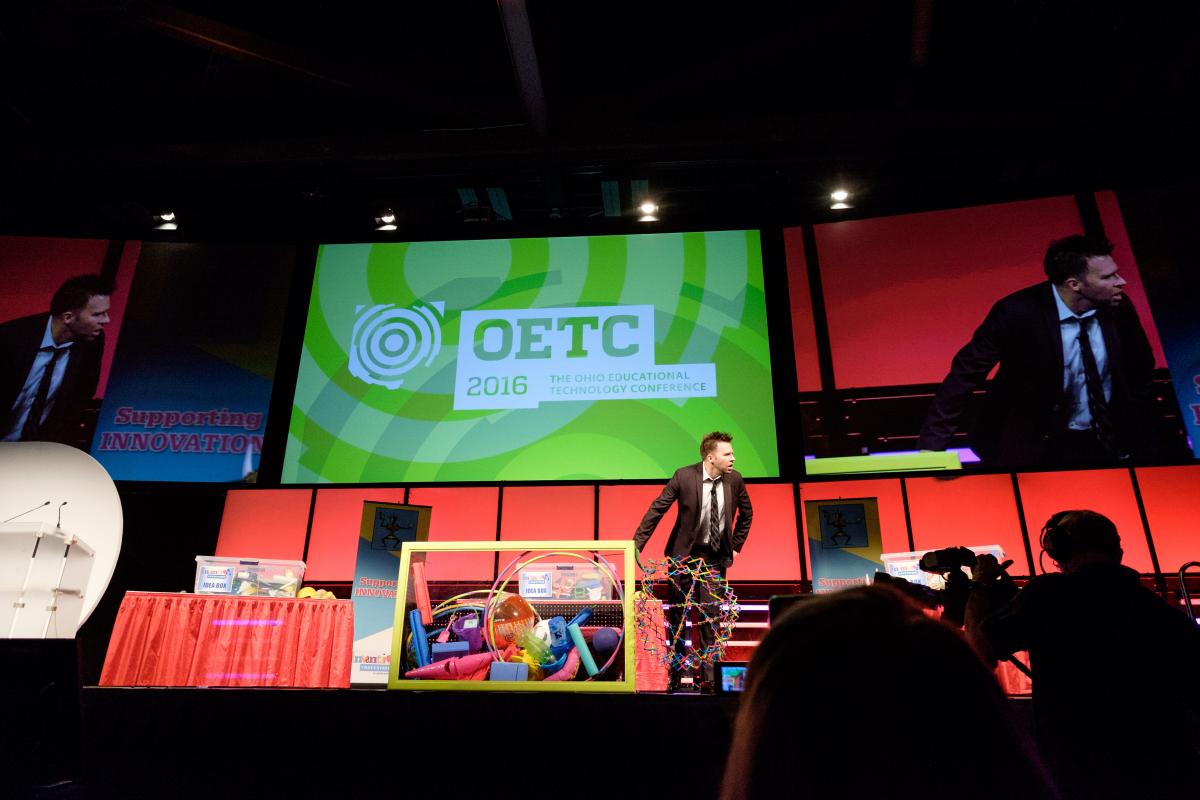
The Ohio Educational Technology Conference (OETC) is the country’s premier P-20 state educational technology conference. This year, OETC takes place Feb. 14-16 at the Greater Columbus Convention Center. OETC features intensive pre-conference workshops on Feb. 14, and world-renowned keynote speakers, more than 200 educational sessions, an extensive exhibit hall and interactive experiences such as makerspaces and robotics on Feb. 15-16.
Library-led affordable learning initiatives at institutions of higher education are gaining traction in Ohio and help the efforts of students and faculty alike. OhioLINK recently joined the University of Minnesota’s Open Textbook Network (OTN), a consortium of colleges and universities working to advance open textbook initiatives.
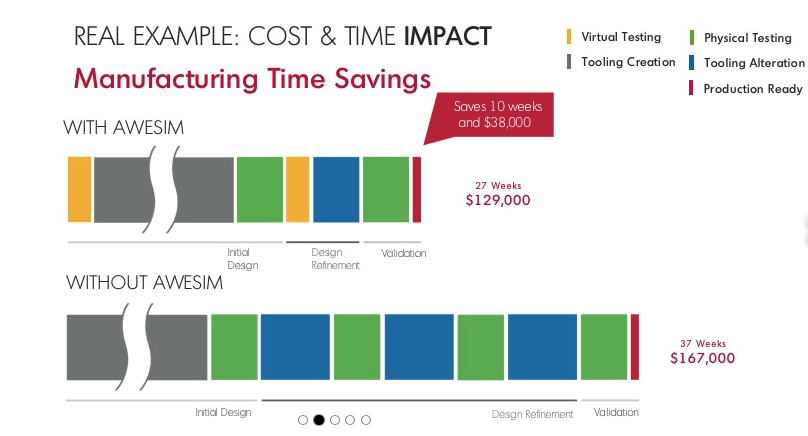
Looking for and embracing new technologies, methodologies and innovative process is not something many small and mid-sized manufacturers (SMMs) have time to explore. However, the OSC-AweSim team embraces every obstacle as a challenge and has worked hard to help manufacturers embrace obstacles as challenges. And it turns out, people are noticing and trying to jump on board.
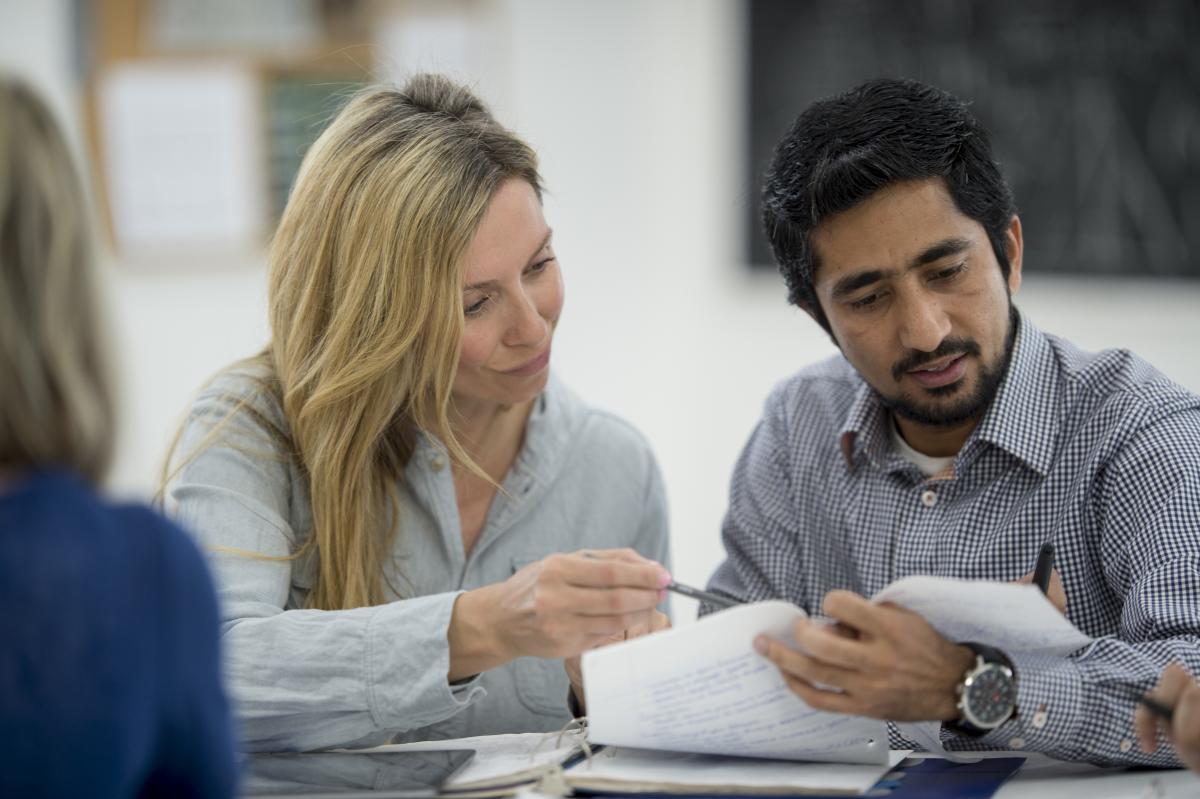
A hurdle we have experienced at eStudent Services (eSS) has been how we can engage students to make them aware of our programs in eight seconds. With just over a half million students enrolled in higher education in Ohio, keeping that student population engaged and informed has been an impossible task, but with some help can be achieved.
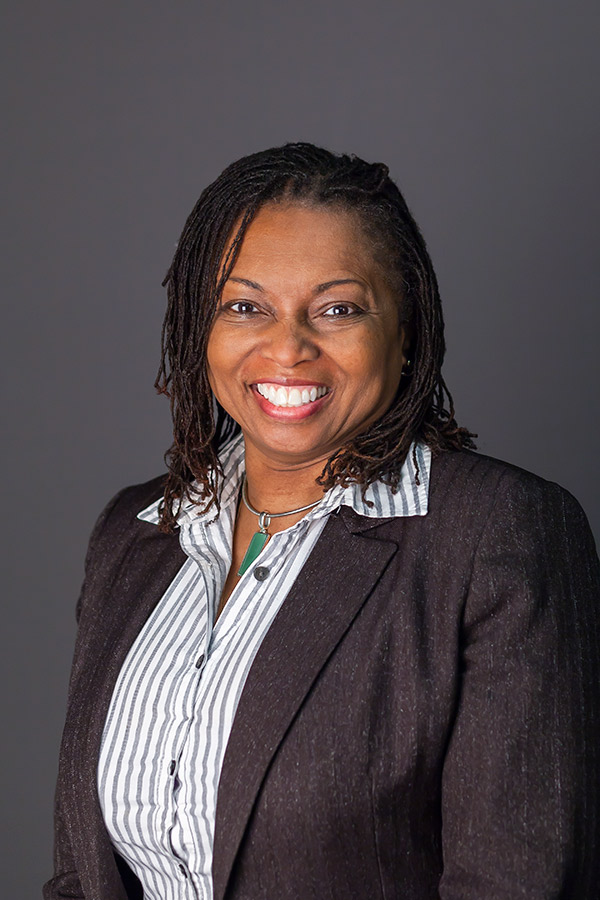
Dana Rogers, business relationship manager for OARnet's higher education clients, has been forging lasting relationships with her clients for 20 years. While she has a vast knowledge of content management, web development and broadband services, she also holds many hidden talents. Check out Dana's Meet the Staff profile to learn a little bit about her background and what she does away from the OH-TECH building.
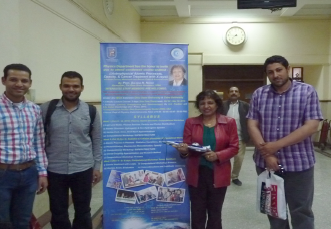
In this guest post, Sultana Nahar, Ph.D., writes about how OSC resources helped her teach an atomic astrophysics workshop at Cairo University in Egypt recently. Nahar has been involved in the promotion of physics research and education in developing countries for many years and OSC has worked to help facilitate many of her workshops.

Education has been my vocation and passion for most of my life. So as a baby boomer, I can tell you that many of us are not just resting as we get to retirement age. Some of us are still actively engaged in our jobs, some in volunteer work, while still others are busy mentoring the next generation. The point? Lifelong learning is real and doable.

Something as simple as a postcard from one conference can be a networking investment toward your next conference. Here's how one eStudent Services team member was able to network like a champ at a recent conference by using a postcard from a previous one for some critical research into such things as who the keynote speakers were and who other attendees of the upcoming conference could be.

When Doug Robertson, director of engineering at Clippard Inc. — a community-oriented company near Cincinnati — and his team initially approached AweSim, they were simply looking for help to segue their company into the world of high performance computing (HPC) modeling and simulation. What Robertson and the Clippard team wanted was simply to predict the performance of a spring in one of their electromagnetic proportional valves. After all, when your business is manufacturing valves, predictable and controlled fluid flow is essential.
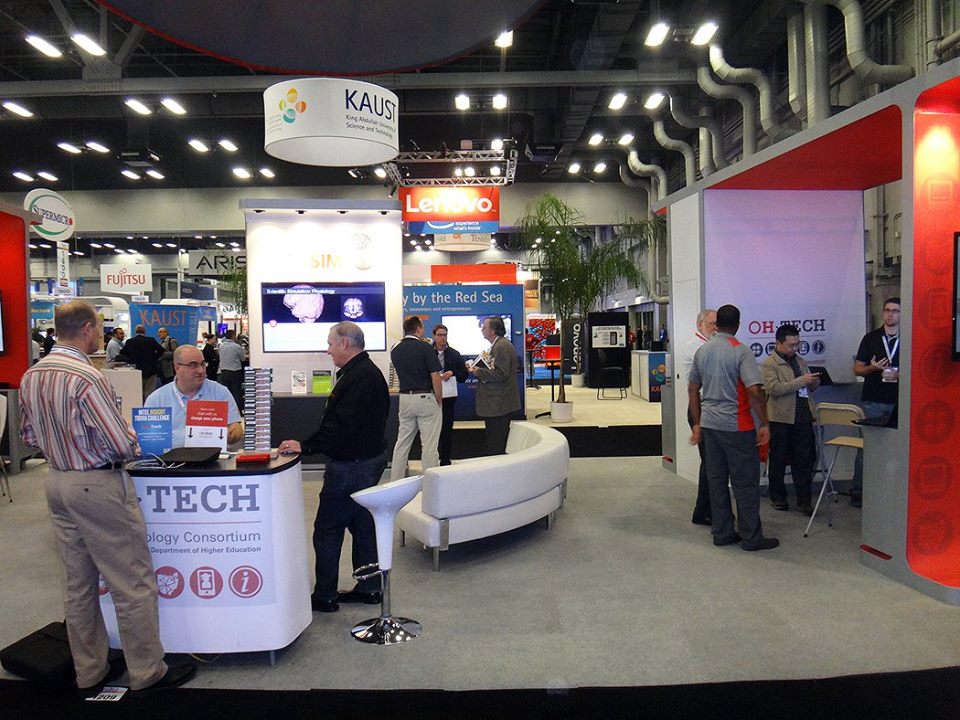
Members of the Ohio Supercomputer Center have been attending the SC Conference since its inception in 1988. Quite simply, it's the premier event for the high performance computing community. And it provides incredible benefits to attendees, three of which stand out among the rest.

Most of us have heard of the book “7 habits of Highly Effective People” and the lessons it teaches – that the most successful people are proactive, thoughtful, organized, optimistic, etc. A recent study concerning student success shows additional examples of what makes someone highly effective – or, more specifically, highly effective in the online classroom. A recent study concerning student success shows examples of what makes someone highly effective in the online classroom.
Kelvin Trefz joined the eStudent Services team as executive director in July 2016. Kelvin holds two degrees from Ohio State and has a background in education.
Before joining eStudent Services, Kelvin taught science and math to high school and college students. He also played a role in the creation of Ohio State’s former learning management system, Carmen.

Before this summer, I had never felt much excitement about science. Spending three weeks with Summer Institute and Young Women's Summer Institute students changed my perspective.
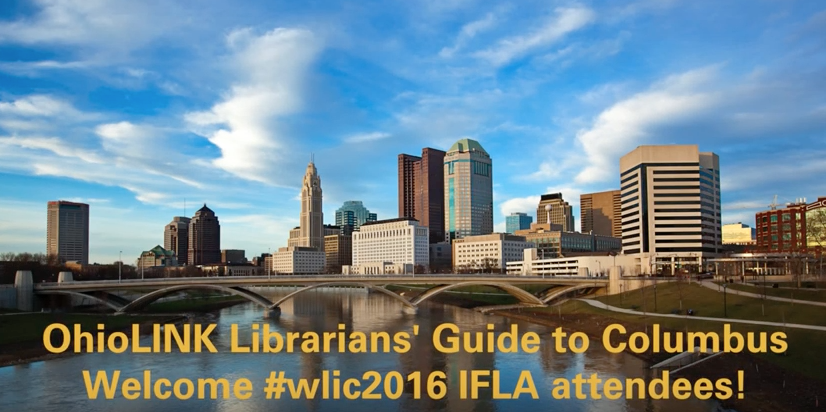
Every year, the International Federation of Library Associations and Institutions (IFLA) holds the World Library Information Congress and in 2016 the city of Columbus is opening its doors to library professionals from around the globe. In order to show our travelling colleagues the best time Columbus can offer, OhioLINK staff members recommended their favorite places around Columbus.
The upcoming summer Olympics in Rio mark the 80th anniversary of Jesse Owens' historic performance in Berlin, Germany. Eighty years later, the Ohio Supercomputer Center – inspired by the Olympian’s speed – will name its newest (and fastest) supercomputer cluster after Owens, a decision that isn’t taken lightly by any stretch of the imagination. Take a look at our article recalling Owens' epic feat 80 years ago and how it still resonates in so many lives today.
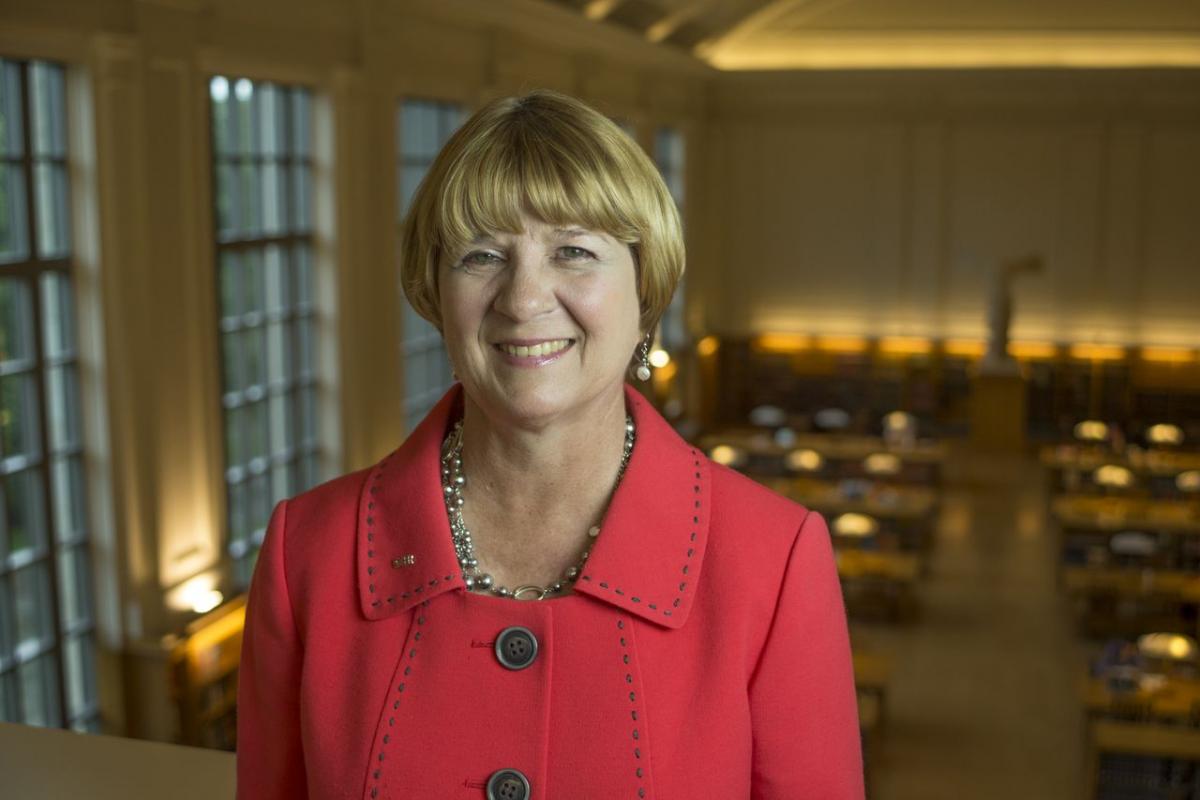
The IFLA World Library and Information Congress visits one of seven different global regions each year, with stops in Cape Town, South Africa; Lyon, France; Helsinki, Finland and San Juan, Puerto Rico in recent years. This year the congress lands in Columbus, Ohio. Here's how a local group brought it to the heart of Ohio and what to expect from this year's congress.

The OhioLINK Electronic Journal Center (EJC) has undergone a rebuild in recent months and our new, upgraded version is slated to launch on Aug. 4, right around the corner. This new EJC will be a significant upgrade both in infrastructure and interface. The result is more accurate searching and an overall better experience for all of our users, as well as improved features for library staff who analyze and assess the content.
When the Dell/Intel-Xeon Owens Cluster is completely up and running later this year, the Ohio Supercomputer Center will have deployed the most powerful supercomputer system in the 29-year history of the OSC.
However, before this new system can take off, there’s the significant undertaking of installing this sparkling new system. And to put it mildly, it’s not as simple as opening a laptop box and plugging it in.
What all does it take to set up the Owens Cluster? Get a great overview of this project in our newest blog.
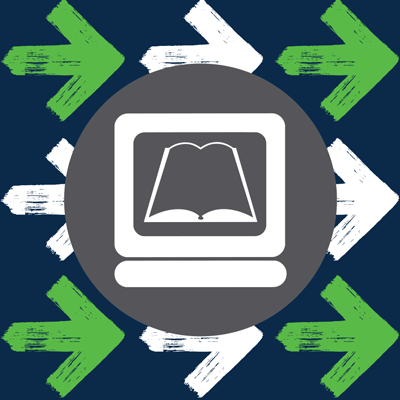
OhioLINK is lucky enough to have riders from its member libraries on its Pelotonia team. Read about how Michelle Brasseur and Matt Shreffler of Wright State University joined the team and came up with creative ways to fundraise their way to the ride.
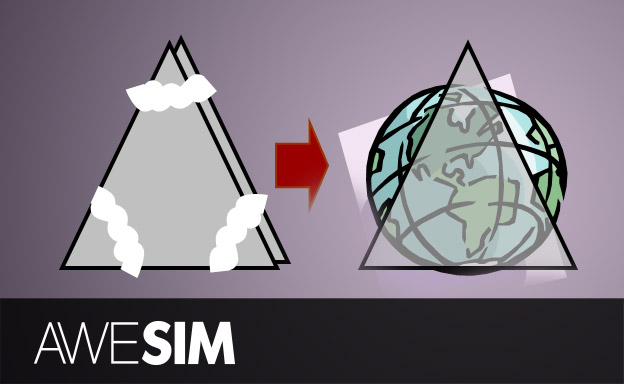
For small- to medium-sized companies to keep pace with both their customers and their competition, they need a technological advantage. That advantage might just be modeling, simulation and data analysis, and that's where AweSim comes in. But where exactly are we going? How can we get there? And how can we engage?

The American Library Association (ALA) is not only the oldest but the largest library association in the world, dating back to 1876. So it stands to reason that attending the ALA’s annual conference is a must for those of us in the library industry because it brings every piece of what we do together in one location each year. Take a look at some of the takeways first-time attendee Erin Kilkenny experienced at this year's conference.
Cataloging can be a very daunting task, especially if you’re relatively new to the game. Every vendor has different channels in which you need to maneuver through to finally get all your content in the right order in your catalog. At a recent Ohio Library Council Tech Services Retreat, OhioLINK’s Emily Flynn gave a presentation that shed some light on the quality of the vendor records we receive and how she best moves through cataloging.
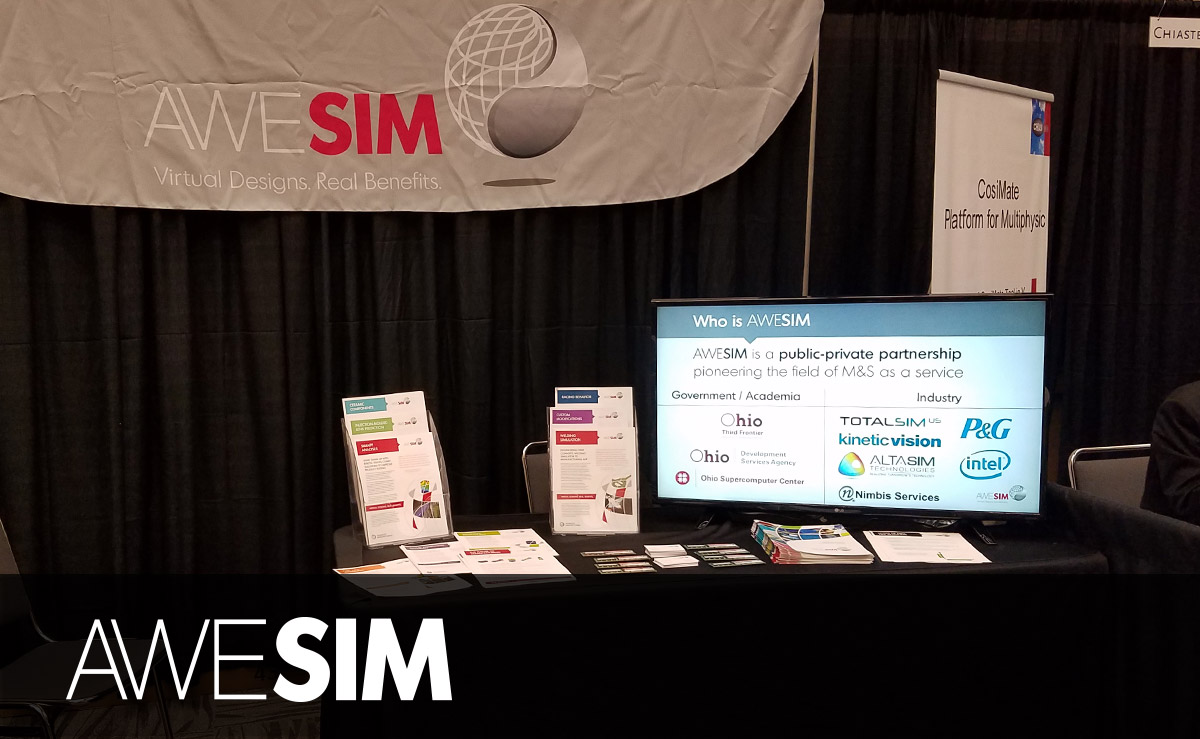
The democratization of Computer Aided Engineering was a hot topic at the recent 2016 NAFEMS meeting in Seattle. And while many approaches to wider access to modeling and simulation are emerging, a clear path hasn't quite been decided upon yet. One thing that is clear is AweSim plans to be part of the solution, here's how:
Collaboration, innovation and creative design are a few ways OhioLINK and member libraries inspire students, staff, faculty and researchers to develop new art, music and mechanical contraptions. Recently, an installation of musical stairs, an impressive example of collaboration, was on display at Otterbein University’s Courtright Memorial Library.
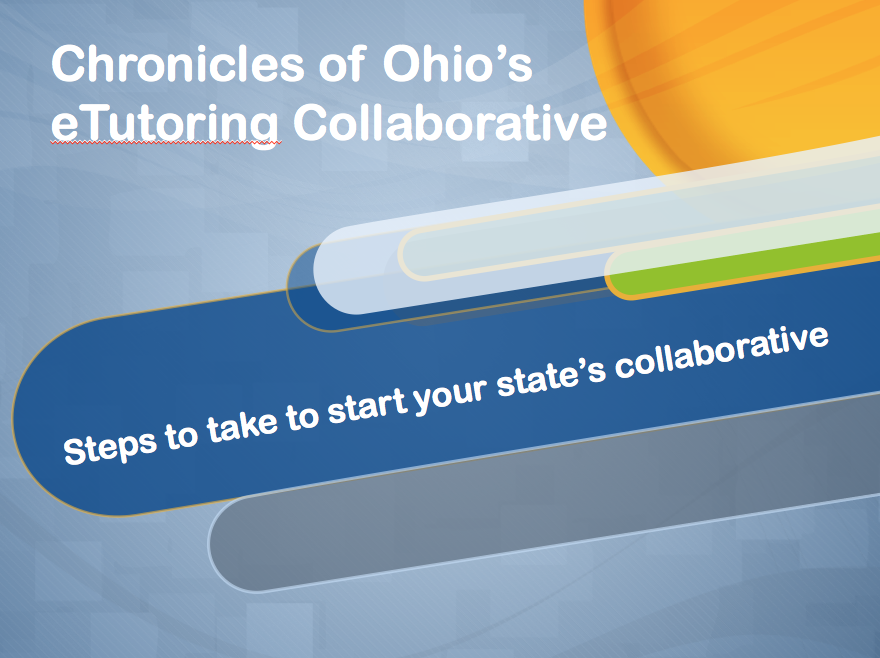
Did you know Ohio has the largest single state collaborative of eTutoring across the continent? That’s because there is a great deal of support for a program that began as a grass roots collaborative effort and has blossomed across the state.
Understanding how a collaborative offers a cost-efficient and effective model for an eTutoring program was the focal point of a presentation eStudent Services delivered at the recent Association of Colleges for Tutoring and Learning (ACTLA) Conference. The presentation was titled, “Chronicles of Ohio’s eTutoring Collaborative and Steps to Start Your State’s Collective.”

The 27th Summer Institute is less than a week away, meaning 16 high school students from across Ohio are about to descend on the Ohio Supercomputer Center. As we enter the final countdown to the camp, it's the perfect time to let the incoming students know what to expect from the two-week camp. And while we can share with you what to pack and the daily schedule, there are some other things incoming students should definitely know to make the experience smoother and better.
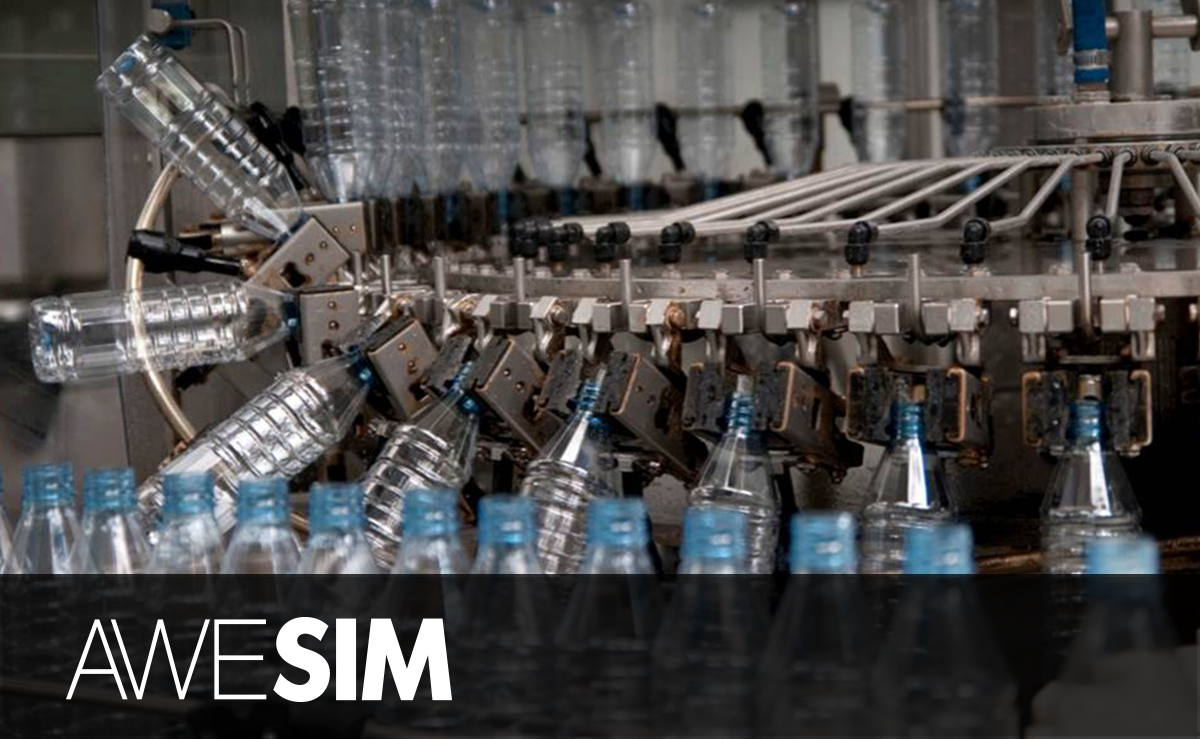
Recently, AweSim Director Alan Chalker had the opportunity to sit in on Desktop Engineering's roundtable discussion, "Supercomputing for the Rest of Us." The goal of the roundtable was to discuss the democratization of high performance computing modeling and simulation. It turned out to be an excellent platform to continue to spread the word about how the AweSim program is working to lower the perception and reality of exclusivity to this powerful tool, from which all manufacturers can benefit.
In order to contribute to our never-ending quest for a great user experience, I recently attended and presented at Designing for Digital, a conference specifically for those working on user experience issues in libraries. For me, this conference was not only an opportunity to present the work we’re doing at OhioLINK, but also a chance to learn from others engaged in similar efforts.
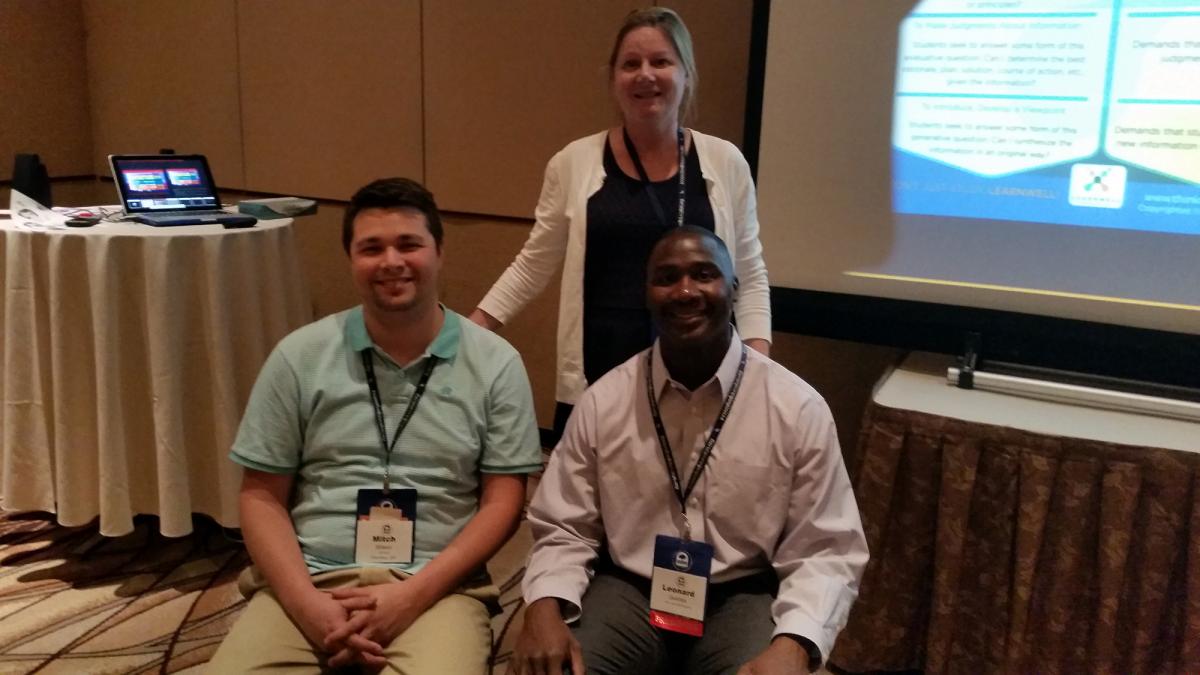
Conferences are wonderful experiences for a number of different reasons: Growing skillsets, networking with prominent though-leaders and experiencing new ways of conducting business. All of these are summed up by one thought, improvement. Recently, members of eStudent Services attended the annual ACTLA conference and the takeaways were more than anticipated. Take a look at Mitch Wilson's recent blog post on the conference and the benefits with which the eStudent Services team came away.
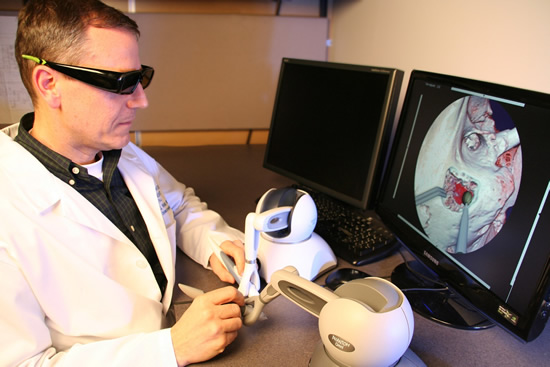 I recently spent an afternoon tinkering around in the Ohio Supercomputer Center’s Interface Lab. What felt to me like a mind-opening trip to a video game playground is actually a hub of innovation and groundbreaking discovery for computer and medical scientists. This second of three installments details the Virtual Temporal Bone project.
I recently spent an afternoon tinkering around in the Ohio Supercomputer Center’s Interface Lab. What felt to me like a mind-opening trip to a video game playground is actually a hub of innovation and groundbreaking discovery for computer and medical scientists. This second of three installments details the Virtual Temporal Bone project.
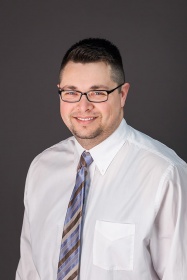
Mitch Wilson, the eStudent Services’ program coordinator, joined the staff in 2013 and assists in managing the tutors of eTutoring and the students’ questions, the daily operations of eTutoring, webinar hosting design and editing, data analysis and school communications. But there's a lot more to him than just those eSS work duties. Check out Mitch's Meet the Staff profile to learn a little bit about his background and what he does away from the OH-TECH building.
April kicks off the electronic theses and dissertations (ETD) submission season. Submitting an ETD is one of the last requirements for many Ohio students before their Masters or Ph.D. graduation. It is at this point that the students begin to log on to the OhioLINK ETD Center, some sign up for a research ORCID identifier, and submit their ETD to be reviewed and published. While this sounds simple, there is a lot of work that goes into the submission and review process.
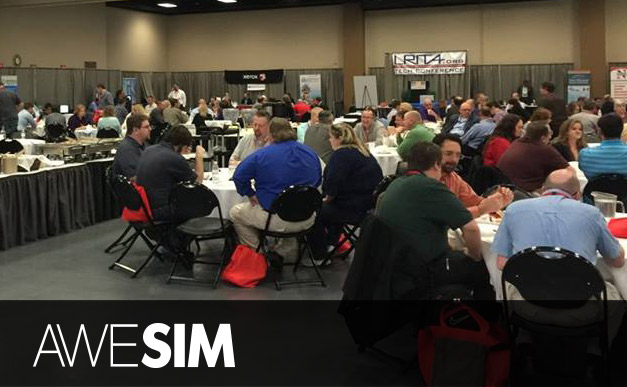
Recently, we visited the LRITA Tech Conference in Lima, Ohio to share what high performance computing modeling and simulation can offer manufacturers and engineers. As usual, the response was, "why aren't we using this program already?" Introducing people to our M&S and opening eyes is a pretty cool experience. Check out more about our trip to LRITA and what we were able to share with IT professionals from northwest Ohio.
Job-hunting is daunting for everyone, but it can be especially burdensome for veterans transitioning to civilian life. Fortunately, Ohio’s academic libraries and institutions have made significant strides to make this process an easier one for military service members. This includes access to job-searching resources, continuing education materials and professional consulting services. Many university and local libraries have programs specifically tailored to veterans.

OhioLINK libraries make obtaining a book from a member academic library an incredibly easy, smooth process. Do you know how? Take a look inside the "Journey of an OhioLINK Book" as we detail the entire trip.

"Botnets" are essentially weapons of Internet warfare: A horde of compromised computers used in larger network security attacks. And the scary thing is your computer could be compromised and you wouldn't even know it! But there are ways you can protect yourself from these attacks and prevent your computer from becoming just another "bot."
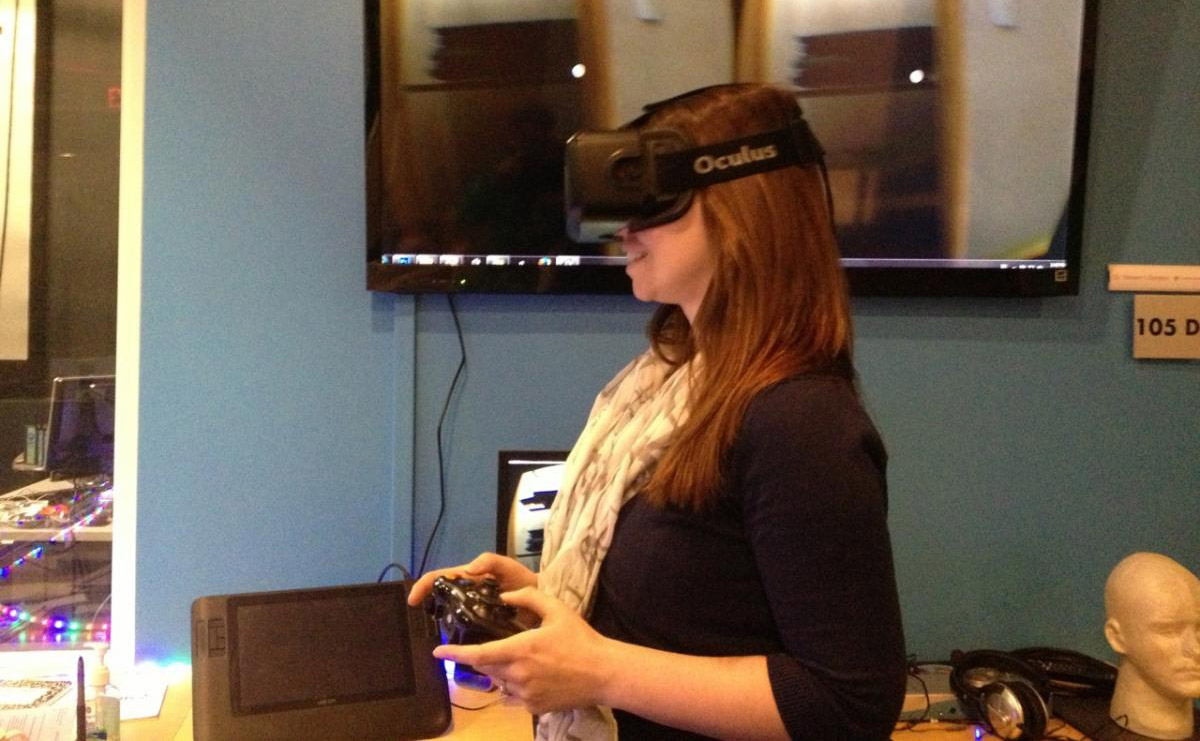
I recently spent an afternoon tinkering around in the Ohio Supercomputer Center’s Interface Lab. What felt to me like a mind-opening trip to a video game playground is actually a hub of innovation and groundbreaking discovery for computer and medical scientists. This first of three installments details the Home Health project.
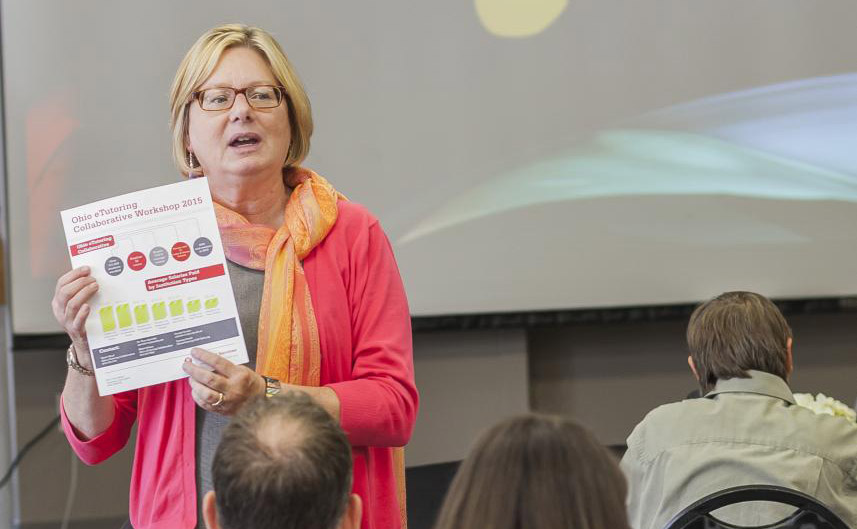
Karen Boyd, eStudent Services’ eTutoring Coordinator, has a passion for helping students reach the “aha” moment in learning. Before coming to eStudent Services, Karen worked in higher education as an adjunct faculty member at Central Ohio Technical College in communications.
She received her Master of Social Sciences from Ohio University, her bachelor’s degree in communications from Capital University and is currently pursuing her Doctor of Leadership Studies from Ashland University.
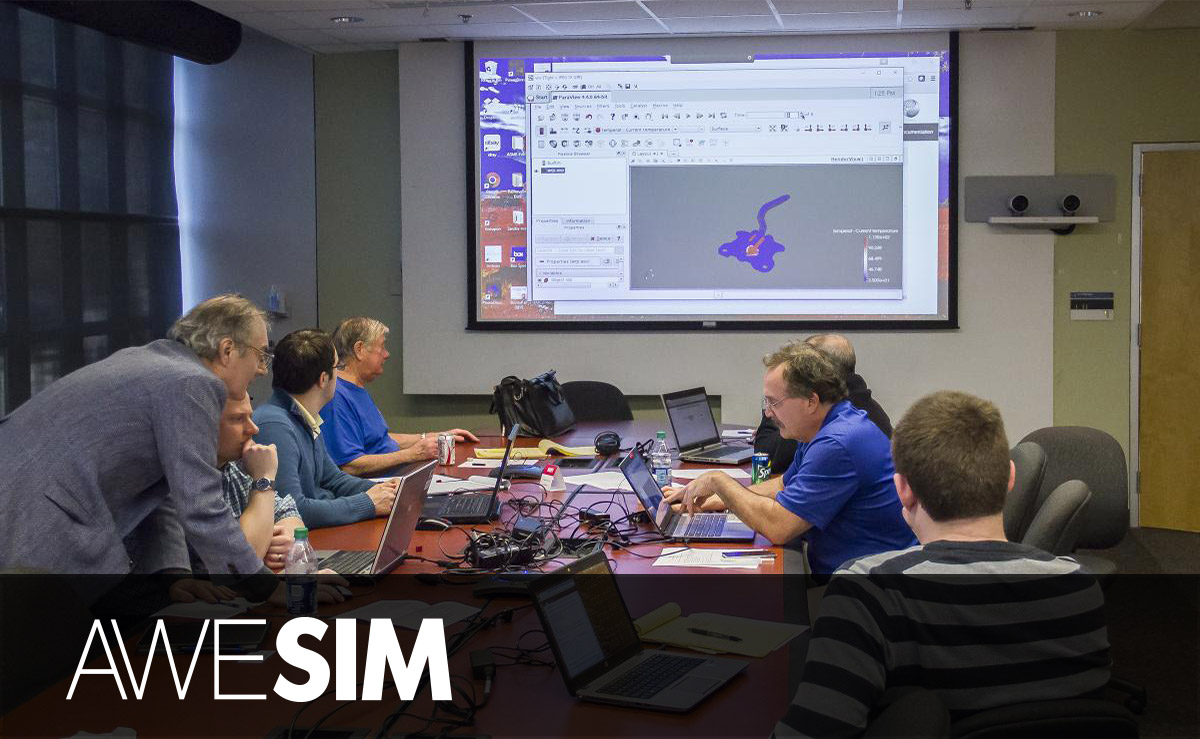
The Ohio Supercomputer Center's AweSim engagement program and Emc2 teamed up recently for a three-day training workshop on a Virtual Fabrication Technology (VFT) application developed by Emc2 and run through AweSim’s “app store” on OSC systems. Find out what VFT is and how it helps both AweSim and Emc2 continue to help small- and medium-sized companies gain access to modeling and simulation/high performance computing tools.
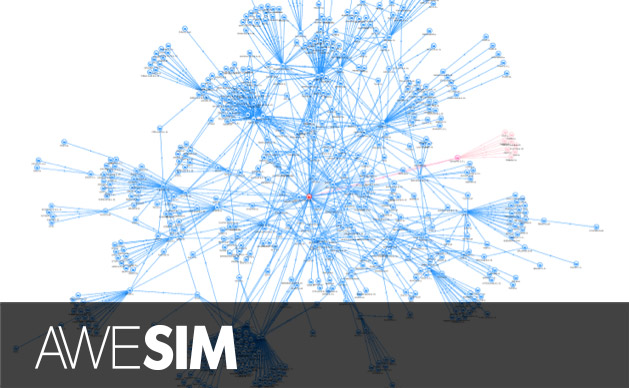
Our society craves the ability to get the newest, hottest product immediately. To meet these demands, manufacturing is evolving to find ways to get products to market faster.
That's where modeling and simulation/HPC comes in, by beginning to play a role in “Supply Chain Solutions.” Check out the newest AweSim blog to see how that's happening.
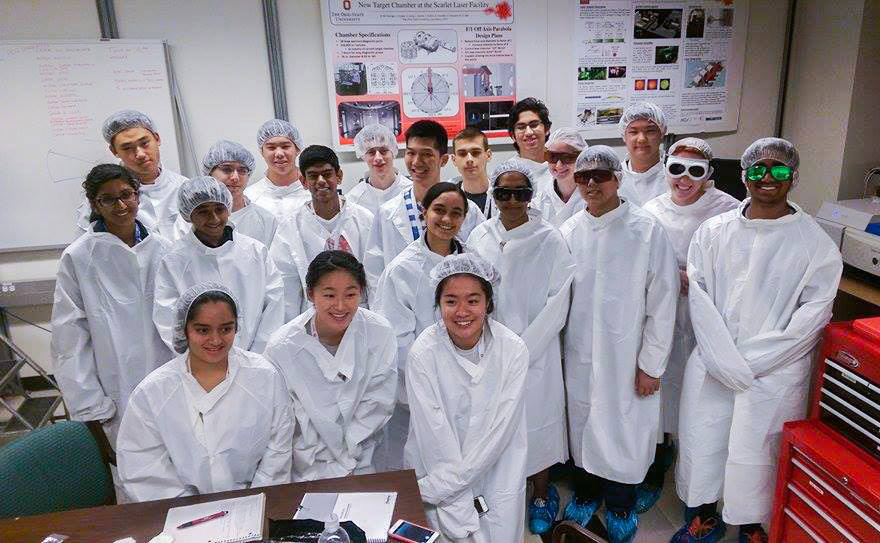
Each summer the Ohio Supercomputer Center hosts two programs that offer Ohio students a hands-on learning STEM experience.
The Summer Institute, which runs from June 12-24, is available to Ohio high school students entering their sophomore, junior or senior year. The students will work in small peer teams while using the supercomputers for practical applications including engineering problems, network forensics and computer game designs.

Whether you are seriously considering higher education as a traditional or non-traditional student, you have more options than ever before. And while having all of those options is a wonderful thing, it is also important that you understand three key considerations.

Innovation and change aren't always popular or embraced until it's either obvious or too late. High performance computing and the modeling and simulation it offers is an irreplaceable tool for those of us who experience the benefits each day. For those who don't see it, or haven't jumped on board yet, AweSim might just be the answer.
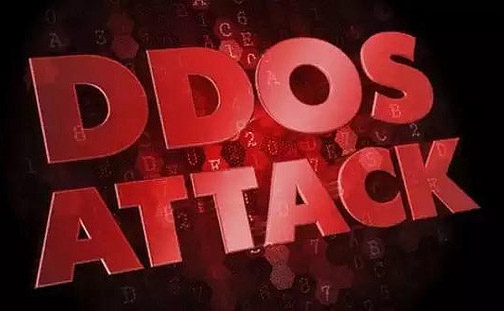
The term “DDoS” can strike terror in the hearts of network operators, web site owners, gamers, educators, or anyone who relies on Internet service – which today means just about everyone. “DDoS” – pronounced “dee-doss” – stands for Distributed Denial of Service. It refers to a type of Internet attack where the attacker uses many hundreds or thousands of computers (the “distributed” part) to target a single system, with the goal of denying the target’s ability to use the Internet (the “denial of service” part).
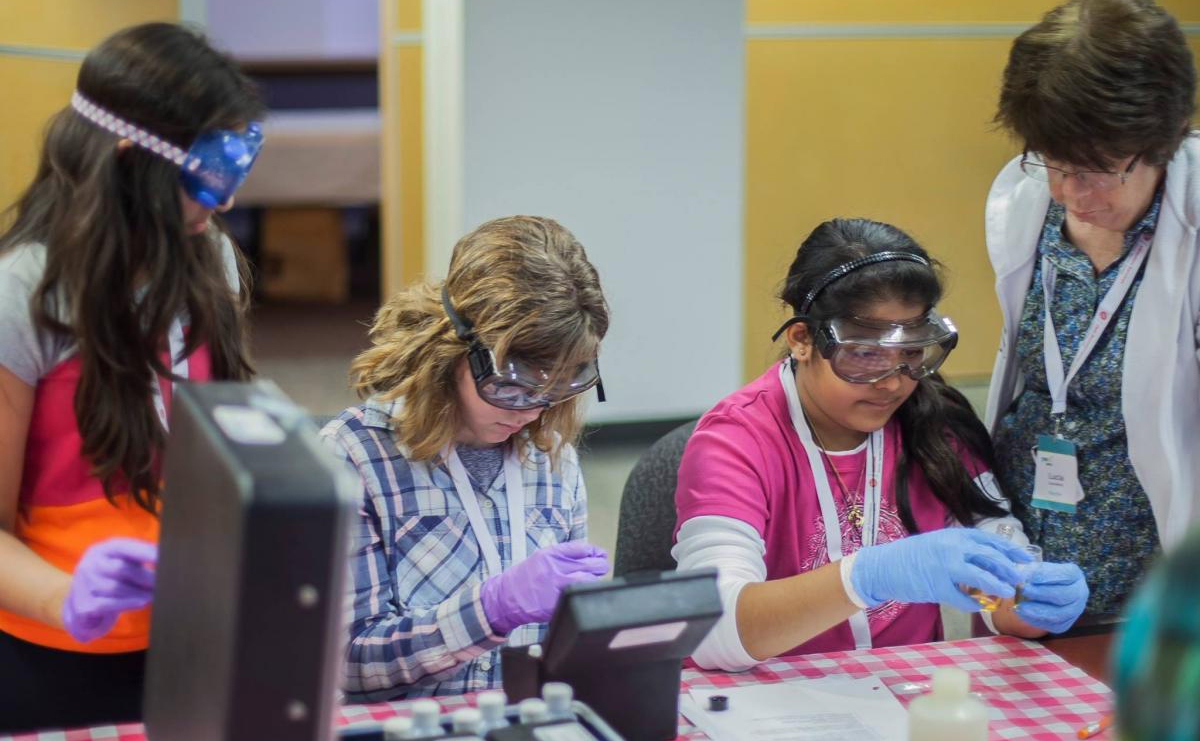
The Young Women’s Science Institute (YWSI) and the Summer Institute (SI), summer programs hosted by the Ohio Supercomputer Center, are two of the many programs ready to change stereotypes and address the obstacles that are hampering women from entering STEM. Birce Ela Onal, a graduate student in the OSU engineering program, has served as a residential adviser and career panelist for these programs and shares her observations on the effect it has on the campers.
- ‹ previous
- 2 of 11
- next ›



